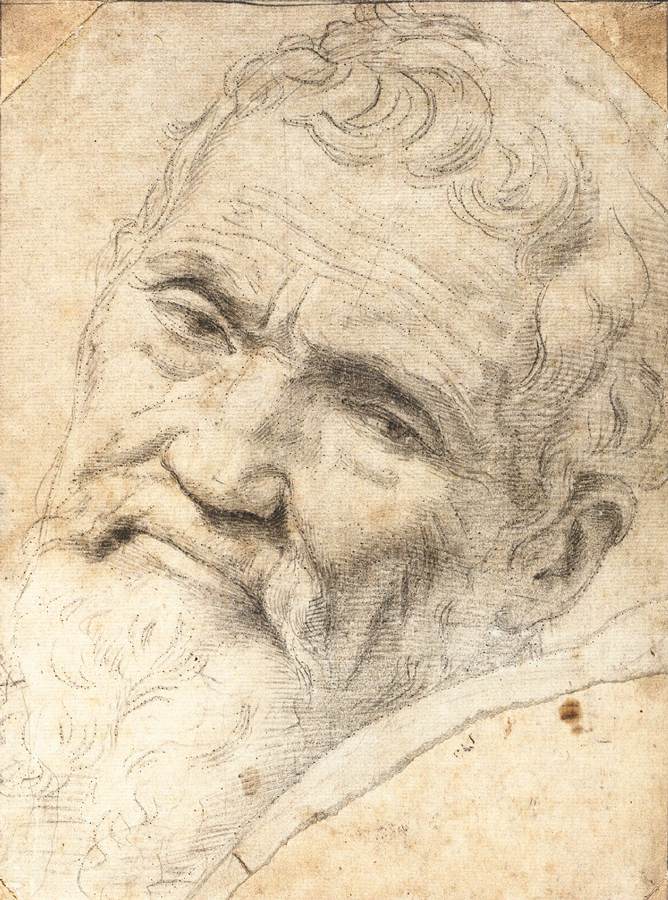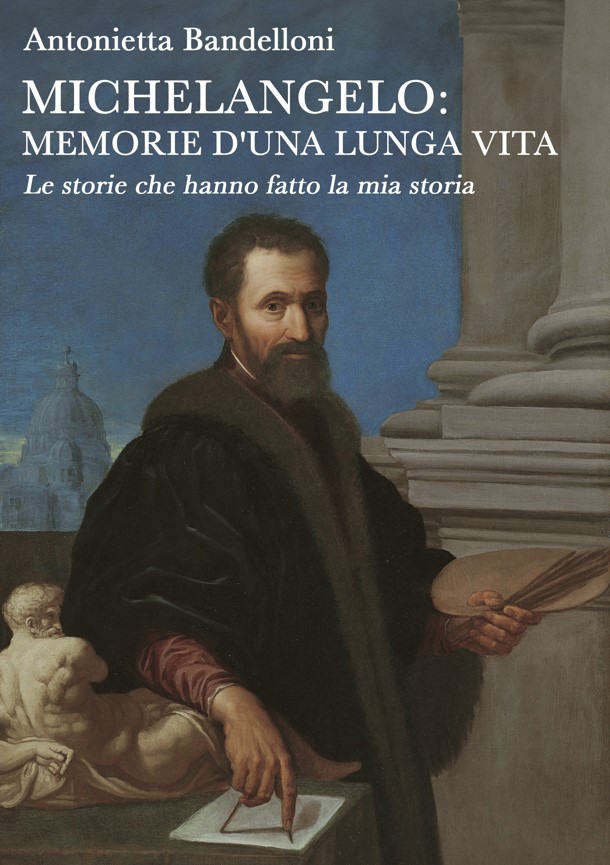La Scultura del giorno: Adone o Endimione del Corradini
La scultura del giorno che vi propongo oggi è Adone, per alcuni interpretabile come Endimione, realizzata da Antonio Corradini fra il 1723 e il 1725.
L’opera era stata commissionata al Corradini da Pietro il Grande, il primo imperatore di Russia, ma rimase nello studio veneziano dell’artista. Lo zar morì nel 1725 e l’opera non fu mai ritirata.
Antonio Corradini godette di una notorietà incredibile in vita. Nacque otto anni dopo Gian Lorenzo Bernini, il maestro del Barocco per eccellenza, nel 1688. Le sue opere erano ambite dalle corti più influenti d’Europa come quelle di Roma, Napoli, Viena, Dresda e Praga. A San Pietroburgo ebbe modo di inviare diverse opere per decorare i giardini di Pietro il Grande.
Un tempo Endimione o Adone si trovava all’interno del palazzo veneziano della famiglia Sagredo, assieme a una scultura di Venere purtroppo andata perduta. Gli inventari settecenteschi del palazzo identificano il soggetto come il mitologico cacciatore Adone, amato dalla dea Venere.
Adone abitualmente viene però raffigurato con le ferite che lo portarono alla morte dopo lo scontro con il cinghiale mentre la figura scolpita da Corradini è abbandonata a un sonno ristoratore, più consono alla raffigurazione del pastore dormiente Endimione, la cui bellezza riuscì a sedurre Diana.
La posa languida del corpo e il marmo lucidato fino all’inverosimile contribuiscono ad aumentare la sensualità dell’opera. Il giovane dormiente è sorvegliato a vista dal cane, simbolo di fedeltà.
In Italia negli anni 20 del Settecento, il mito di Endimione era molto di voga. Pensate che nel 1721 il poeta Pietro Metastasio compose una raffinata serenata dedicata all’eroe, un testo che negli anni a seguire fu musicato da Bach.
Nella mitologia classica Selene, la divinità della Luna, si innamorò perdutamente di Endimione e volle chiedere a Zeus di farlo dormire eternamente.
Montesquieu, il celebre filosofo, annotò nel suo diario di viaggio passando per Venezia nel 1728: “Attualmente c’è uno scultore, a Venezia, chiamato Corradino, un Veneziano che costruì un Adone, il quale è uno dei più bei lavori che potrete mai ammirare: giurereste che il marmo fosse fatto di carne: una delle sue braccia cade senza cura, come se non fosse sopportata da nulla”.
L‘opera di Corradini fu battuta all’asta della sesta edizione dell’Italian Old Masters presso la galleria di New York, la Moretti Fine Art Art e Andrew Butterfield Fine Arts, e acquistata dal Metropolitan Museum of Art di New York.
Per il momento il vostro Michelangelo Buonarroti vi saluta dandovi appuntamento ai prossimi post e sui social.
Sculpture of the day: Adonis or Endymion by Corradini
The sculpture of the day that I propose to you today is Adonis, for some interpretable as Endymion, created by Antonio Corradini between 1723 and 1725.
The work had been commissioned to Corradini by Peter the Great, the first emperor of Russia, but remained in the artist’s Venetian studio. The tsar died in 1725 and the work was never withdrawn.
Antonio Corradini enjoyed incredible notoriety during his lifetime. He was born eight years after Gian Lorenzo Bernini, the master of the Baroque par excellence, in 1688. His works were coveted by the most influential courts in Europe such as those of Rome, Naples, Vienna, Dresden and Prague.
In St. Petersburg he was able to send several works to decorate the gardens of Peter the Great
Endymion or Adonis was once inside the Venetian palace of the Sagredo family, together with a sculpture of Venus which was unfortunately lost.
The eighteenth-century inventories of the palace identify the subject as the mythological hunter Adonis, loved by the goddess Venus.
However, Adonis is usually depicted with the wounds that led to his death after the fight with the wild boar, while the figure sculpted by Corradini is abandoned to a restful sleep, more in keeping with the depiction of the sleeping shepherd Endymion, whose beauty managed to seduce Diana.
The languid pose of the body and the marble polished beyond belief contribute to increasing the sensuality of the work. The young sleeper is closely watched by the dog, a symbol of loyalty.
In Italy in the 1720s, the myth of Endymion was very popular. Consider that in 1721 the poet Pietro Metastasio composed a refined serenade dedicated to the hero, a text which in the following years was set to music by Bach.
In classical mythology Selene, the goddess of the Moon, fell madly in love with Endymion and wanted to ask Zeus to make him sleep eternally.
Montesquieu, the famous philosopher, noted in his travel diary while passing through Venice in 1728: “At present there is a sculptor, in Venice, called Corradino, a Venetian who built an Adonis, which is one of the most beautiful works you will ever see. admire: you would swear that the marble was made of flesh: one of its arms falls carelessly, as if it were not supported by anything”.
Corradini’s work was auctioned at the sixth edition of the Italian Old Masters at the New York gallery, Moretti Fine Art Art and Andrew Butterfield Fine Arts, and purchased by the Metropolitan Museum of Art in New York.
For the moment your Michelangelo BUonarroti greets you and will meet you in the next posts and on social media.

Sostienici – Support Us
Se questo blog ti piace e ti appassiona, puoi aiutarci a farlo crescere sempre più sostenendoci in modo concreto condividendo i post, seguendo le pagine social e con un contributo che ci aiuta ad andare avanti con il nostro lavoro di divulgazione. . ENGLISH: If you like and are passionate about this blog, you can help us make it grow more and more by supporting us in a concrete way by sharing posts, following social pages and with a contribution that helps us to move forward with our dissemination work.
8,00 €
-
Il Dipinto del giorno: la Madonna della Seggiola di Raffaello e quella cornice non più originale
🇮🇹Il dipinto del giorno che vi propongo oggi, in occasione della Festa della Mamma, è la Madonna della Seggiola di Raffaello… 🇬🇧The painting of the day that I propose to you today, on the occasion of Mother’s Day, is the Madonna della Seggiola by Raphael…
-
L’Estasi nella Sagrestia Nuova che rischia di trasformare in pietra il visitatore
🇮🇹Era il 1545 quando il Tribolo iniziò a sovrintendere ai lavori della Sagrestia Nuova e per i viaggiatori e gli artisti fu molto più semplice aver accesso a quel luogo ricco di miei capolavori… 🇬🇧It was 1545 when Tribolo began to supervise the works of the New Sacristy and it was much easier for travelers…
-
Le opere più note dell’Ascensione di Cristo: Giotto, Mantegna, Perugino, Tintoretto e Rembrandt
🇮🇹Oggi la Chiesa ricorda l’Ascensione di Cristo al Cielo, un evento fondamentale della fede cristiana. Viene celebrato 40 giorni esatti dopo la Pasqua e segna il ritorno trionfante di Gesù al Padre, dopo la sua vittoria sulla morte e la risurrezione dai morti… 🇬🇧Today the Church remembers the Ascension of Christ into Heaven, a fundamental…















che magnificenza, un connubio di eleganza e sensualità,…la delicatezza della mano che si appoggia al fianco destro ….il profilo del levriero che sembra cercare un cenno….meraviglioso!
"Mi piace""Mi piace"
stupend opera
"Mi piace"Piace a 1 persona
Bellezze❕❕❕❕⭐💝🥰
"Mi piace"Piace a 1 persona
una cosa meravigliosa :-*
"Mi piace"Piace a 1 persona